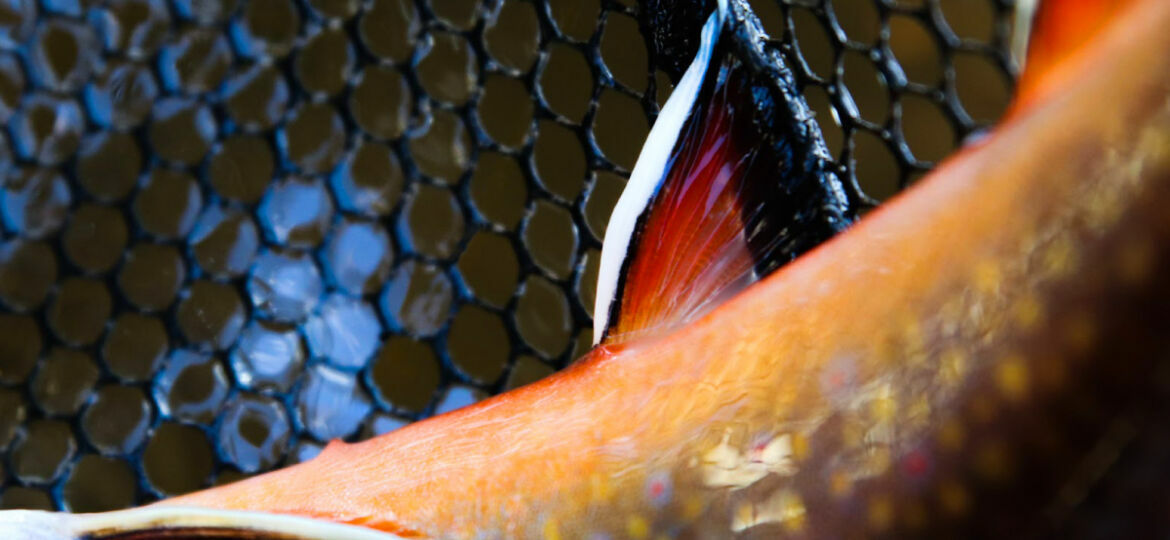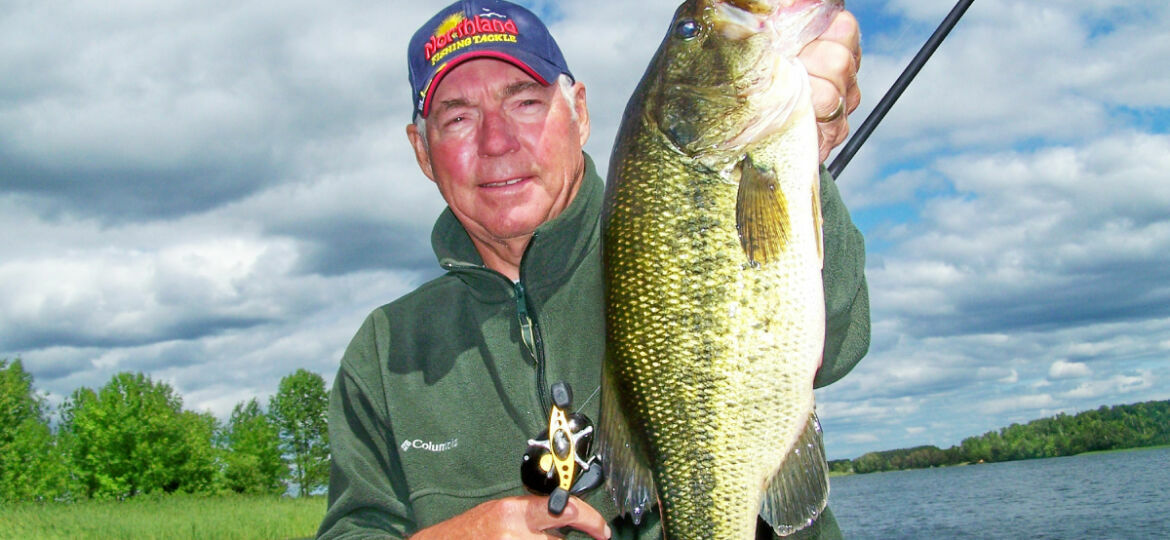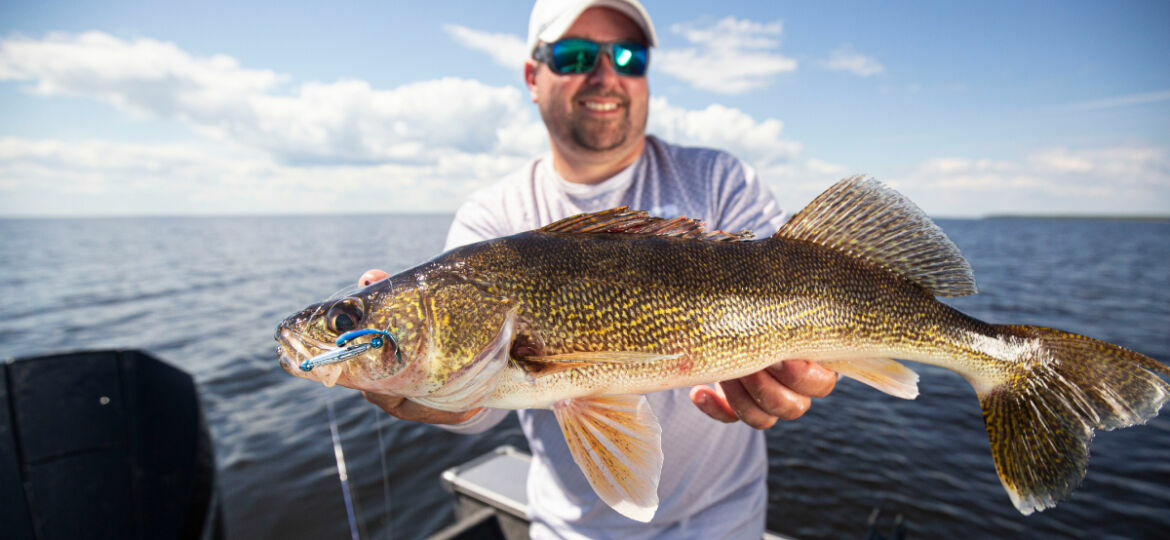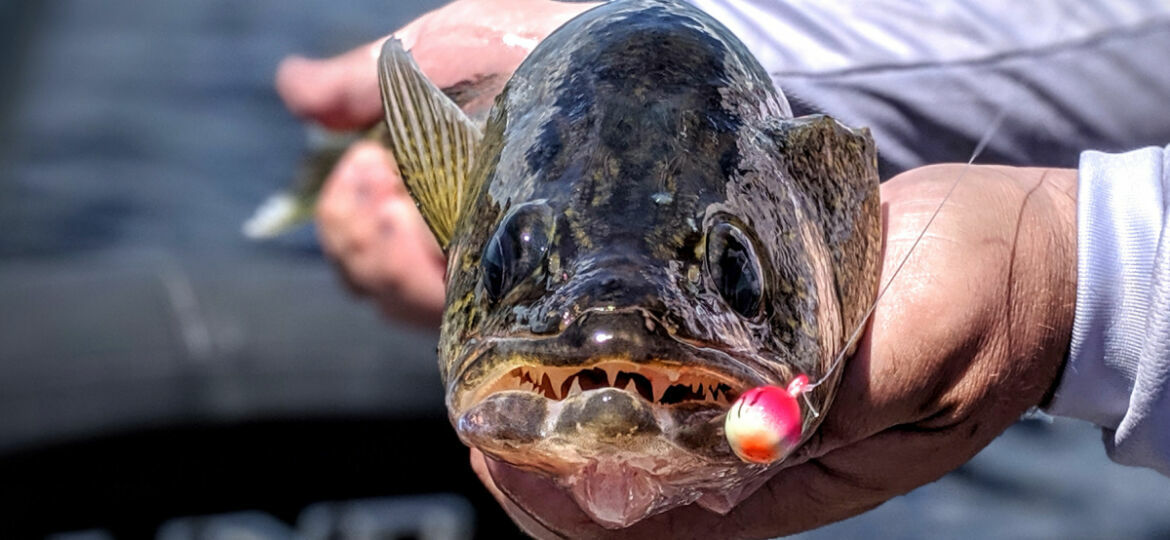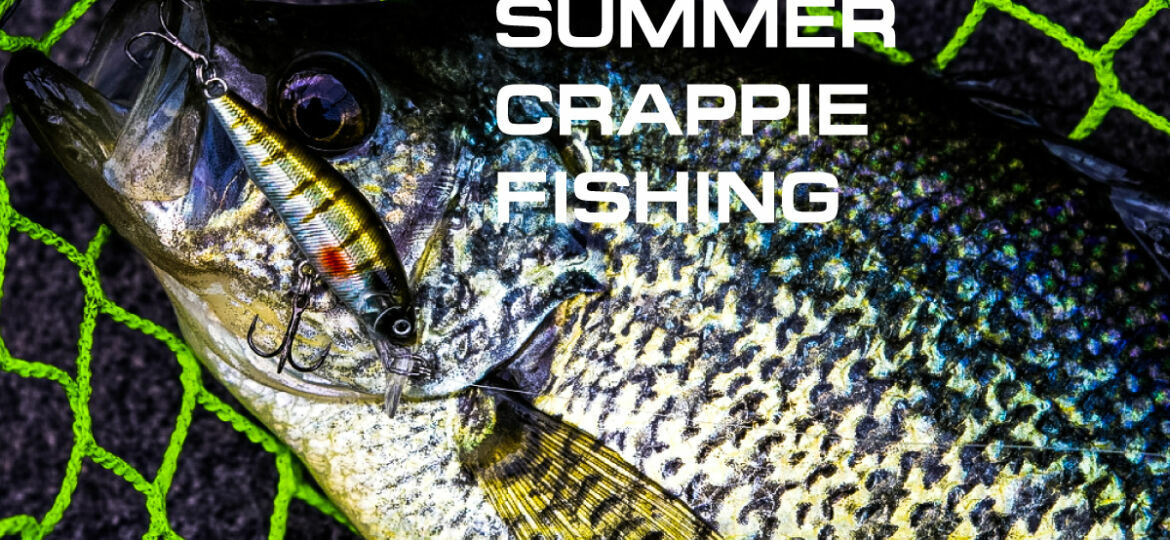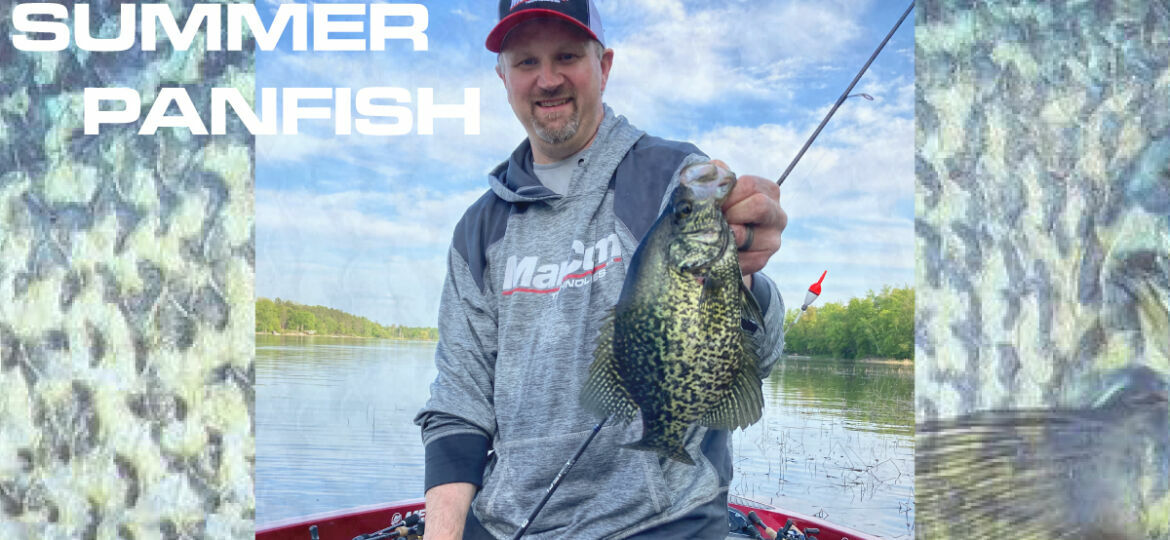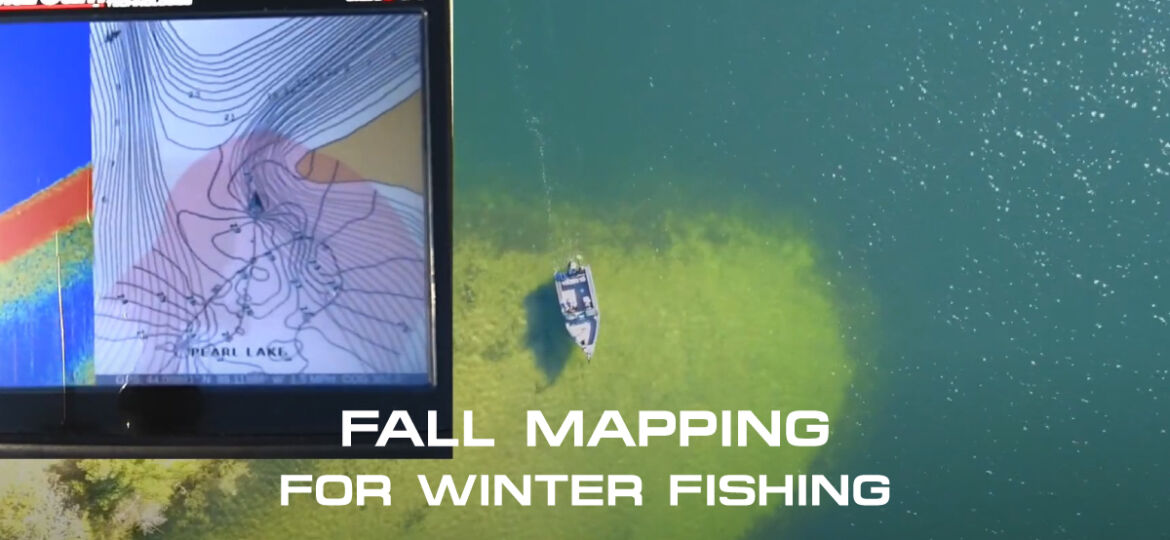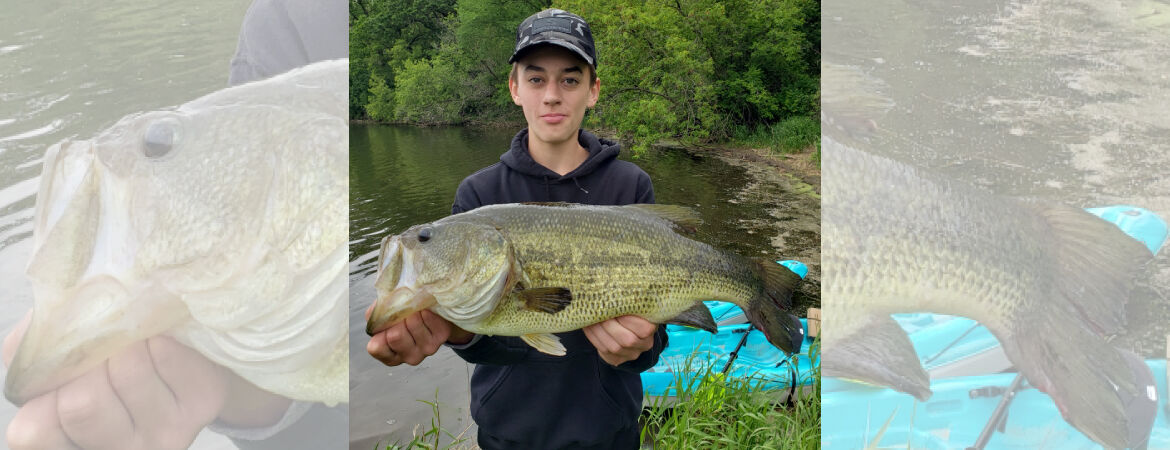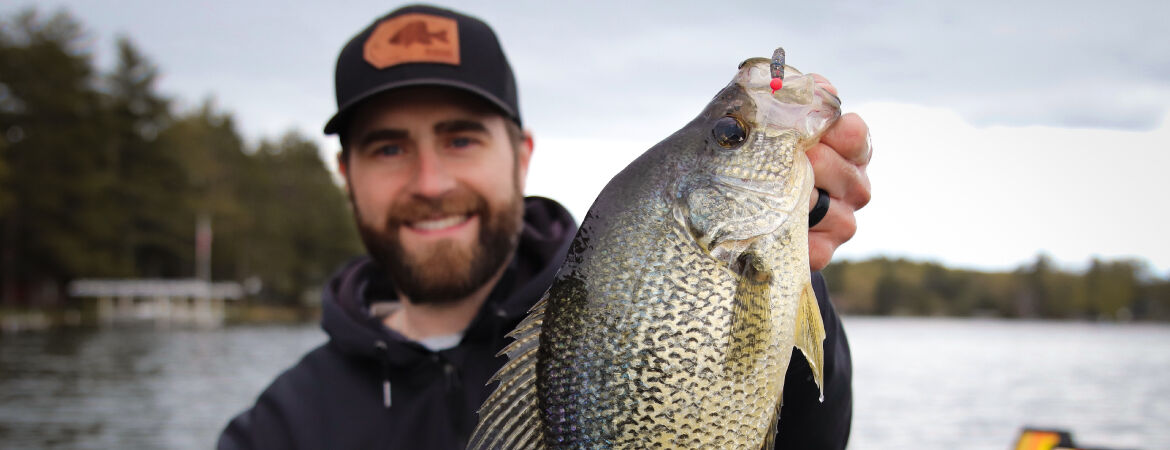The dog days of summer and that’s your green light to grab your MarCum flasher or digital system from the garage and give it a once over and top off the battery.
The first step in your pre-season routine should be checking your batteries. Most flasher failures on the ice are caused by a bad battery, so now’s the time to inspect your MarCum’s power source.
“You could be kicking yourself later if you don’t take a minute to check everything out now,” says MarCum Pro-Staffer, Joel Nelson. “Nothing will wreck a good day of fishing faster than a bad battery, because there’s nothing you can do about it out on the ice.”



